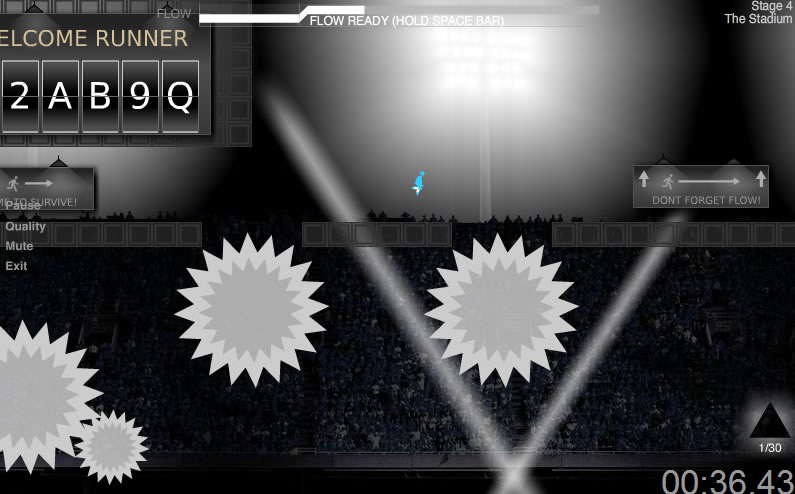

Other turn-based variations not requiring players to be online simultaneously are Play-by-post gaming and Play-by-Internet. Play-by-email multiplayer games use email to communicate between computers. There followed 1993's Doom, whose first network version allowed four simultaneous players. Spectre's popularity was partially attributed to the display of a player's name above their cybertank. The first popular video-game title with a Local Area Network(LAN) version, 1991's Spectre for the Apple Macintosh, featured AppleTalk support for up to eight players. Networked multiplayer gaming modes are known as "netplay".

There followed ports to a number of platforms (including Game Boy and Super NES) in 1991 under the title Faceball 2000, making it one of the first handheld, multi-platform first-person shooters and an early console example of the genre. It is considered the first multiplayer 3D shooter on a mainstream system, and the first network multiplayer action-game (with support for up to 16 players). MIDI Maze, an early first-person shooter released in 1987 for the Atari ST, featured network multiplay through a MIDI interface before Ethernet and Internet play became common.

UNIPLAYER GAME SERIAL
"VTtrek" pitted four Federation players against four Klingons in a three-dimensional universe.įlight Simulator II, released in 1986 for the Atari ST and Commodore Amiga, allowed two players to connect via modem or serial cable and fly together in a shared environment. In 1981 Cliff Zimmerman wrote an homage to Star Trek in MACRO-10 for DECsystem-10s and -20s using VT100-series graphics. Digital Equipment Corporation distributed another multi-user version of Star Trek, Decwar, without real-time screen updating it was widely distributed to universities with DECsystem-10s. Their article includes a type-in, two-player Hangman, and describes the authors' more-sophisticated Flash Attack.
UNIPLAYER GAME HOW TO
Wasserman and Stryker in 1980 described in BYTE how to network two Commodore PET computers with a cable. STAR was based on 1974's single-user, turn-oriented BASIC program STAR, written by Michael O'Shaughnessy at UNH. The games became popular, and the university often banned them because of their RAM use. The games had a program running on each terminal (for each player), sharing a segment of shared memory (known as the "high segment" in the OS TOPS-10). The university's computer system had hundreds of terminals, connected (via serial lines) through cluster PDP-11s for student, teacher, and staff access. The first large-scale serial sessions using a single computer were STAR (based on Star Trek), OCEAN (a battle using ships, submarines and helicopters, with players divided between two combating cities) and 1975's CAVE (based on Dungeons and Dragons), created by Christopher Caldwell (with artwork and suggestions by Roger Long and assembly coding by Robert Kenney) on the University of New Hampshire's DECsystem-1090. DTSS's popular American football game, he said, now supported head-to-head play by two humans.
UNIPLAYER GAME SOFTWARE
Kemeny wrote in 1972 that software running on the Dartmouth Time Sharing System (DTSS) had recently gained the ability to support multiple simultaneous users, and that games were the first use of the functionality.


 0 kommentar(er)
0 kommentar(er)
